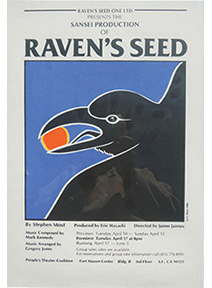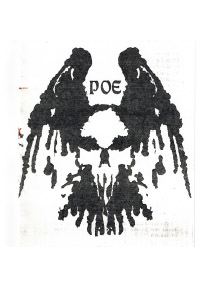 |
Forces of Nature
To a large extent, John Muir, Gifford Pinchot, and Theodore Roosevelt are responsible for the existence of public lands in the United States. Recognizing that politics is a form of dramatic art, they play their parts in concert and in conflict. Their relationships come to a crisis over the fate of Hetch Hetchy, whether to dam that valley to provide power and water for San Francisco or to preserve it forever as a cathedral of nature's beauty.
|
 |
A Free Country
This one-act play originated as a dialogue written for a museum diorama of a Depression-era Hooverville shack. Two strangers, an organizer for the Industrial Workers of the World and a shipyard worker, meet in Seattle's Hooverville on a winter night. They live on opposite sides of two social divides: the color line, for Leon is black and Mac is white, and the picket line, for Leon got a job when a union went on strike. They play a game in which they judge each other, but the stakes are too great to bear.
|
 |
Watershed
Based on oral history interviews with members of a California Indian family, Watershed incorporates traditional stories and eyewitness accounts of "the Salmon War." Sandy, a family member who wants to go mainstream as a television news reporter, gets caught in the net of her story about a federal assault on Klamath River Indians who catch salmon in gillnets. She has to decide who her people are.
|
 |
Raven's Seed
In an ancient tale from the Pacific Northwest, human beings take the Sun from the sky and put it in a box. All is dark until Raven, the trickster, steals it from them and brings light back to the world. In this physical comedy, the humans include Laurel and Hardy-style nuclear physicists, and the animals—Coyote, Raven, Bear, Salmon, and Loon—are characters from American Indian myths.
|
 |
Poe
In 1849, Edgar Allan Poe disappeared for three days in Baltimore while en route to his second wedding. When he was found on a street outside a tavern, Poe was incoherent and at the edge of death. Drawing from the writer's life and works, POE imagines what happened during that lacuna at the end of his days. The play is a whirlpool of memories, fantasies, and nightmares, with the Raven appearing as a mysterious figure in scenes that range in genre from dark comedy to melodrama, from romantic idyll to stark horror.
|